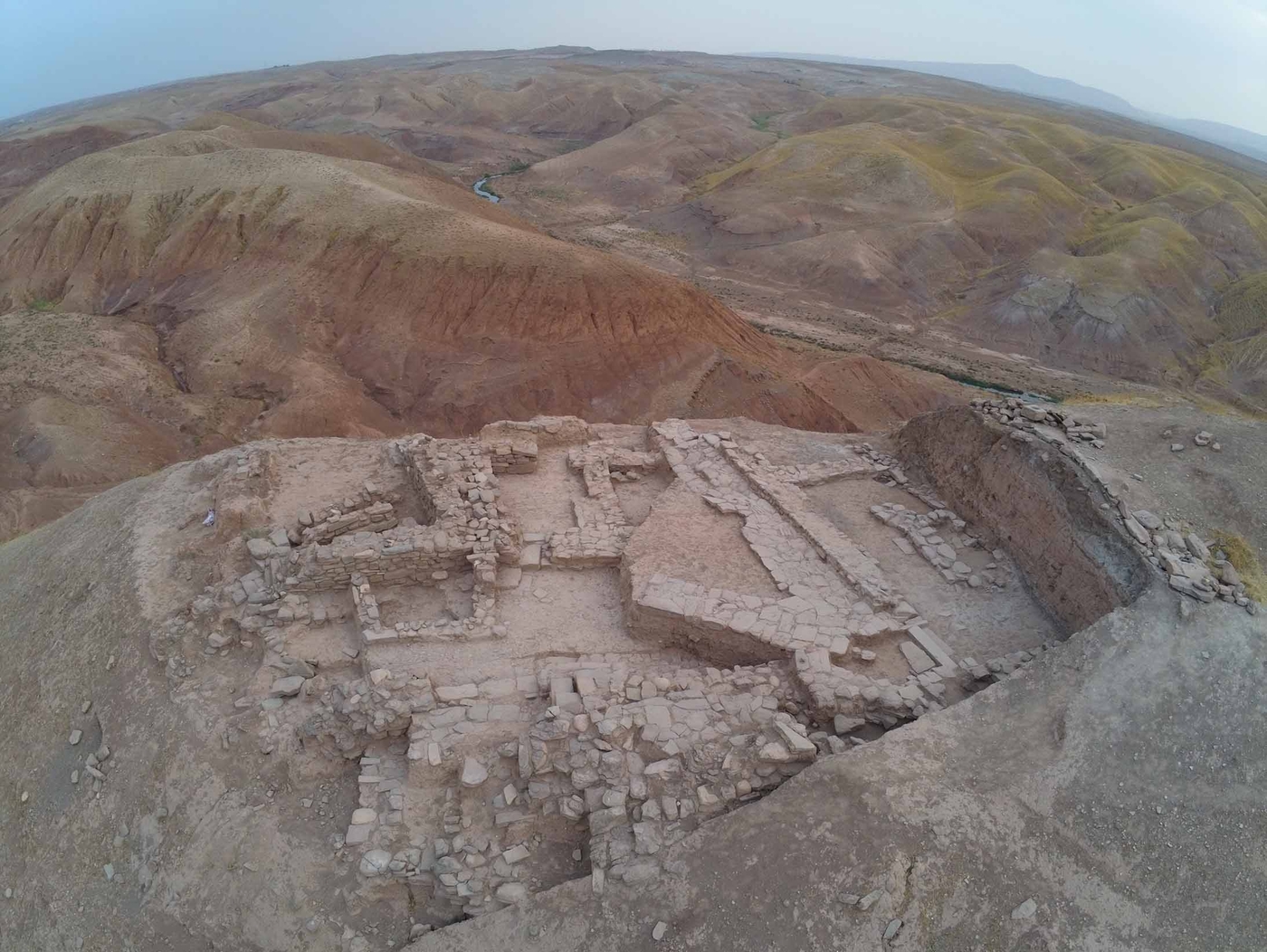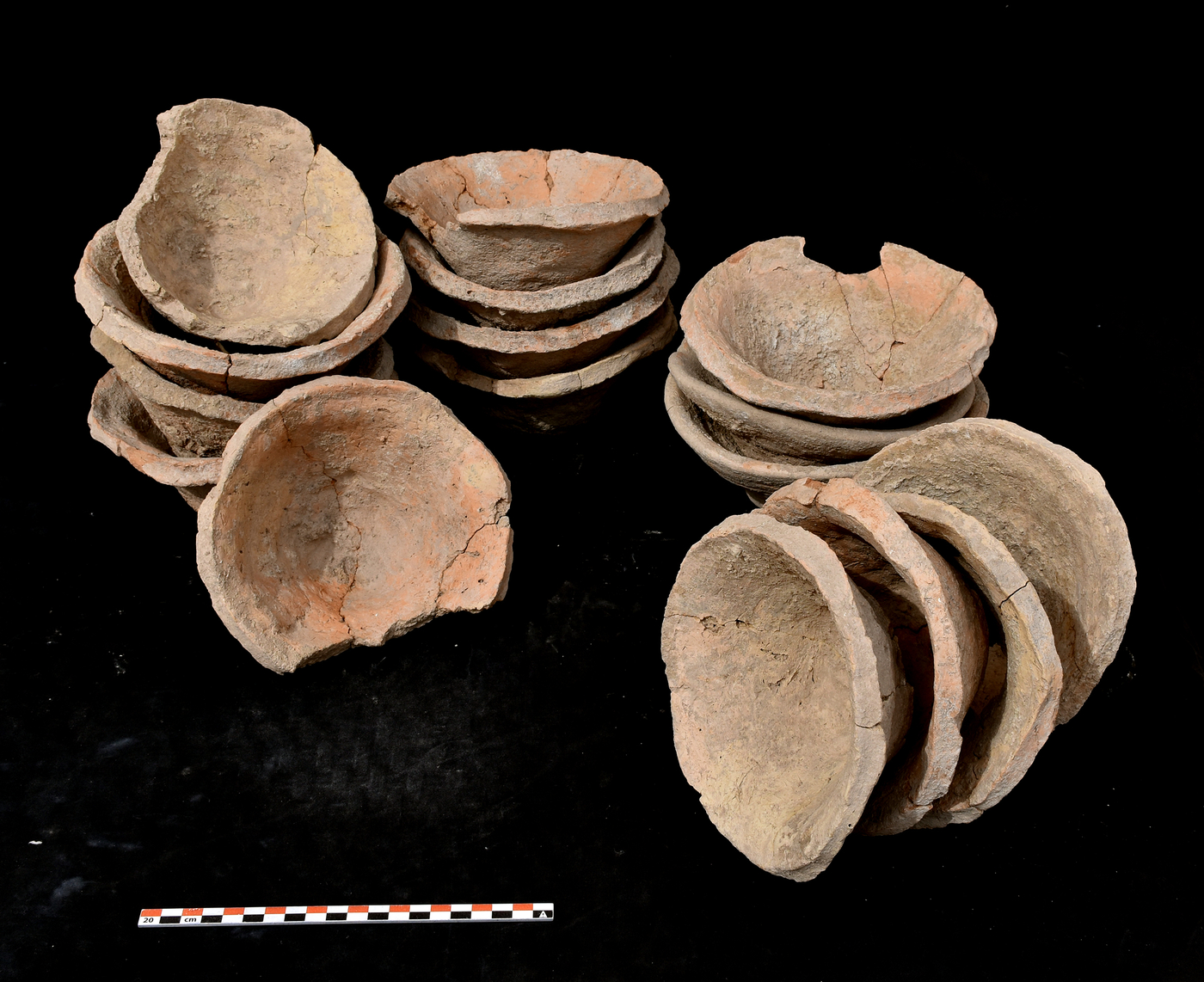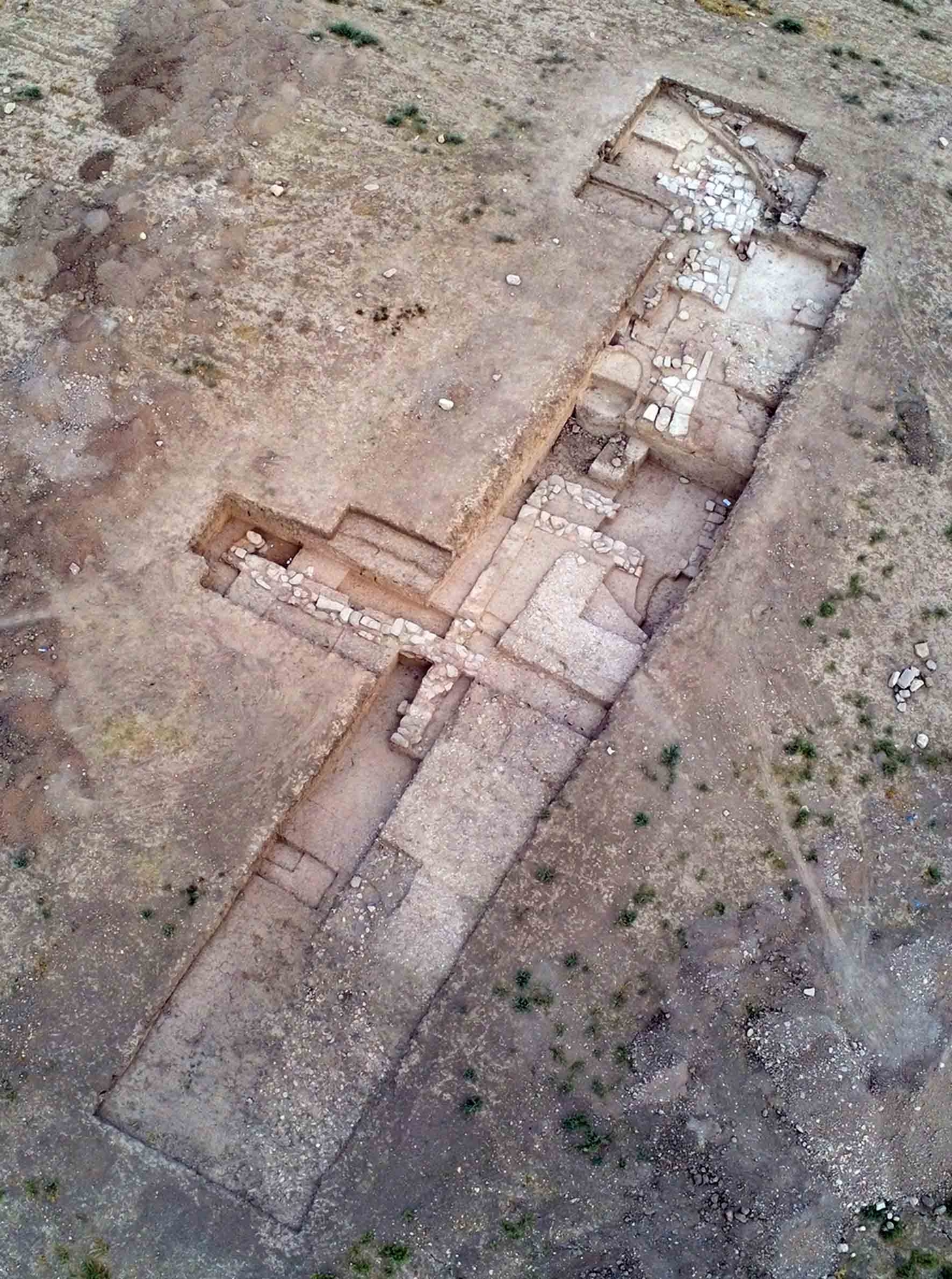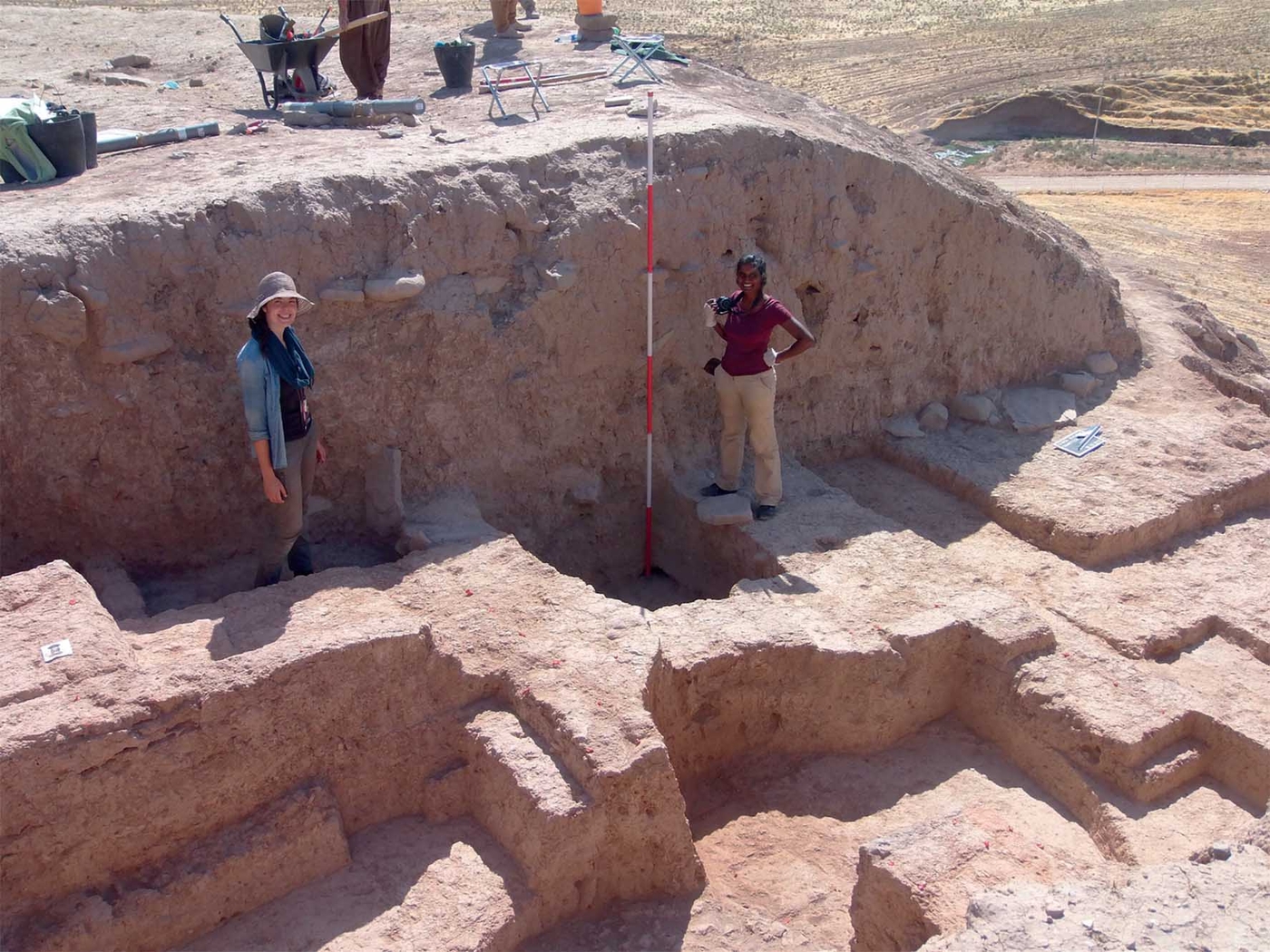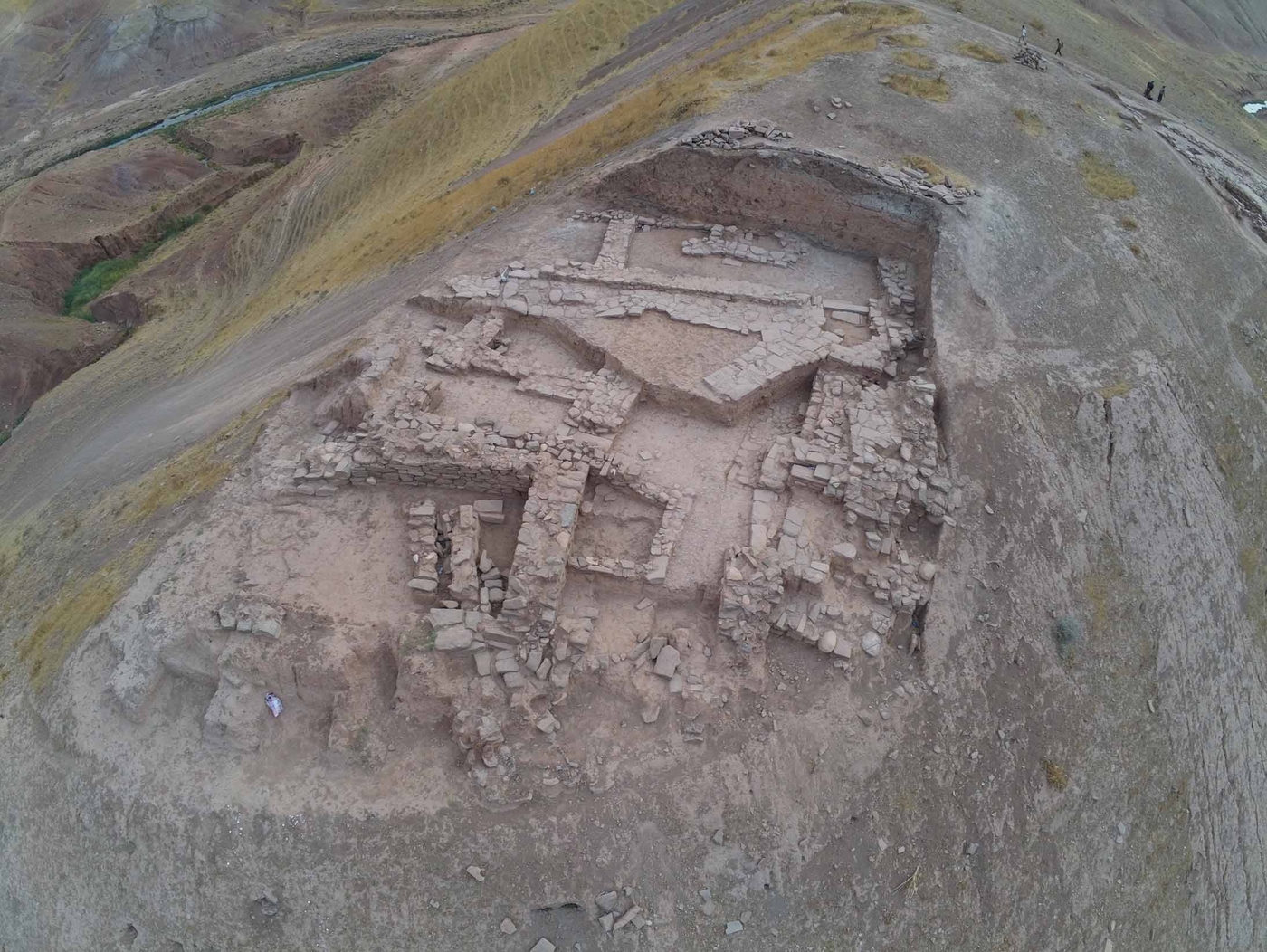Qara Dagh
Since 2015, excavations of the Girdi Qala and Logardan sites in western Qara Dagh, near Chamchamal (governorate of Sulaymaniyah), have shed fresh light on the cultural development of northern Mesopotamia, from the Chalcolithic age to the rise of Islam.
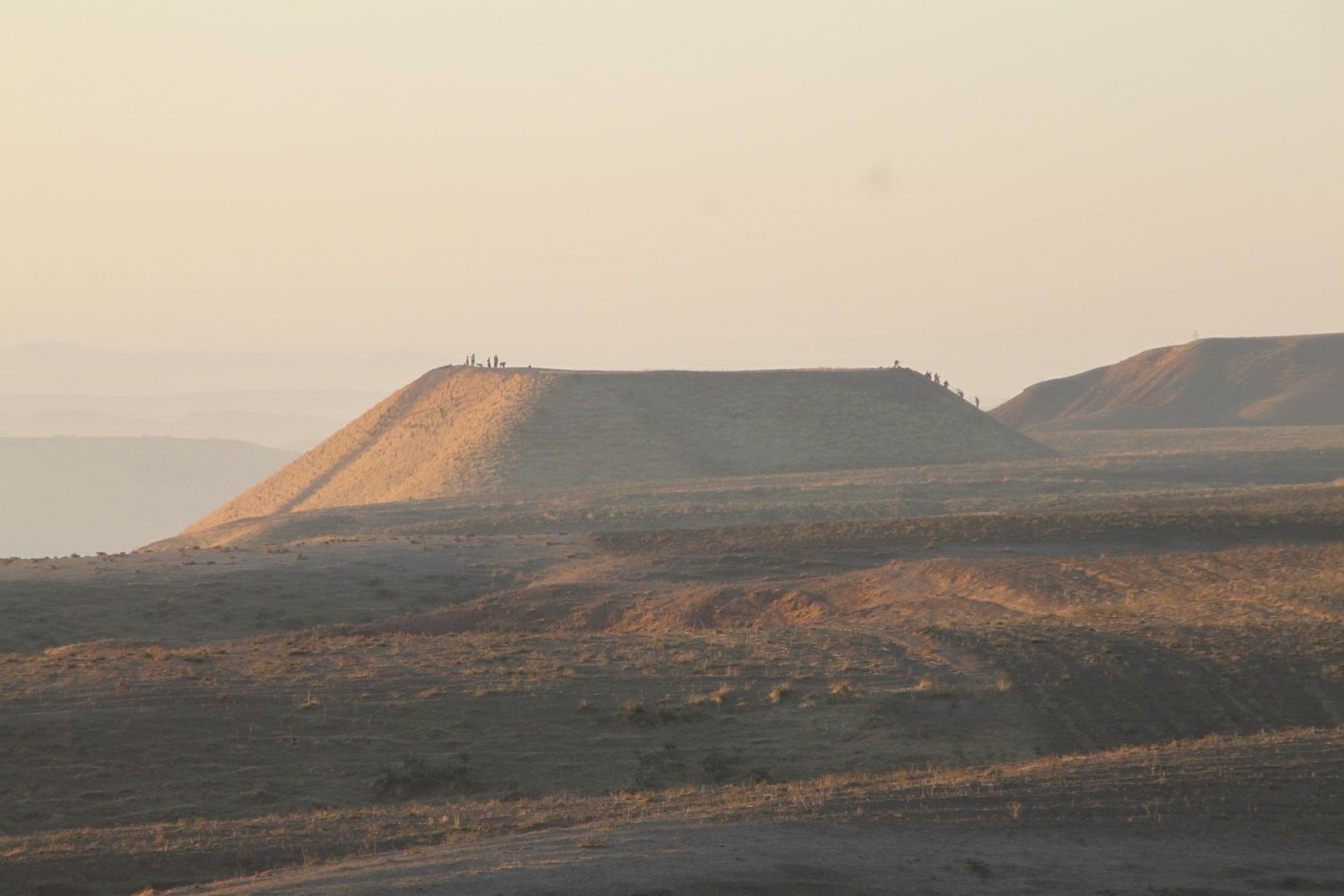
The Girdi Qala and Logardan sites revealed important remains from the Uruk period (4th millennium BCE), the Early Bronze Age (3rd millennium BCE) and the early Hellenistic period (4th-3rd centuries BCE). They provide insight into intercultural exchanges and the process of urbanisation in a territory at the heart of the Near East.
New data on the expansion of the Uruk culture
An "Uruk" southern Mesopotamian pottery production area was discovered at the foot of the main Girdi Qala tell during the first excavation. Pottery analysis dated the site to 3,900 BCE (Early Uruk), three centuries earlier than the date around which the "Uruk" people are traditionally thought to have arrived in the region. The following excavations confirmed the size and age of the Urukian settlement in western Qara Dagh. A few hundred metres from the main Girdi Qala tell, archaeologists identified a small Middle Uruk village consisting of a dozen occupation layers on virgin land, while at the top of the Logardan site, at a height of 30 metres, archaeologists discovered and began to excavate an Early and Middle Uruk acropolis accessed via a stone ramp.
A citadel from the early 3rd millennium
Following a hiatus, the Logardan site was reoccupied around 2,800 BCE. During Early Dynastic III (circa 2,600 BCE) a small citadel was built at the top of the site, over the ruins of the Uruk buildings. The citadel was built by a nearby power after taking control of the site, due to the strategic position of the tell - the Bazyan pass can be seen from the top - and the region, which was crossed by major trade routes from the 3rd millennium.
A major craftworking centre at the end of the 3rd millennium
Following the Akkadian conquest around 2,300 BCE, the citadel of Logardan was razed to the ground and the site transformed into an industrial centre that continued to produce pottery until the end of the 3rd millennium (Ur III). A total of 147 kilns have been excavated over four successive occupation layers. They display previously unknown technical features and, up to 8 metres in diameter, they are remarkable in size, attesting to the technical mastery and innovative mindset of craftworkers in the 3rd millennium.
A long occupation
Excavations on the Girdi Qala site have revealed evidence of a much longer and more recent occupation than originally thought. An excavation at the top of the main tell by our colleagues from the University of Liège (Laurent Colonna d’Istria) revealed a small Islamic fortress, occupied up to the Ayyubid period, and the entrance to a large Sasanian house that had been altered several times. Under this house, a monumental Hellenistic building was identified, with thick mud-brick walls preserved to a height of more than one metre and covered with several layers of fine plaster. It was an official building, perhaps the residence of one of the region’s first "governors", with the remains of high-quality pottery suggesting an occupation very early in the period (end of the 4th-early 3rd century BCE).
The research team
The French archaeological mission in western Qara Dagh was formed in spring 2014, under the direction of Régis Vallet (CNRS-IFPO). It works in close cooperation with archaeologists from the Department of Antiquities and the University of Sulaymaniyah. It was supported by the French Ministry for Europe and Foreign Affairs on the advice of the Advisory panel on archaeological research abroad. It benefits from the support of theIFPO, the cultural division of the French Embassy in Iraq, theUniversity of Liège (Belgium), theUniversité Paris 1 and the CNRS. The research team currently includes some twenty researchers and engineers, mainly from France, Belgium, Italy and Iraq.
Combating the theft and illicit trafficking of cultural property is one of the priorities of the French Ministry of Culture, which pays close attention to these issues, in line with its regulatory responsibility to control the movement of cultural property.


